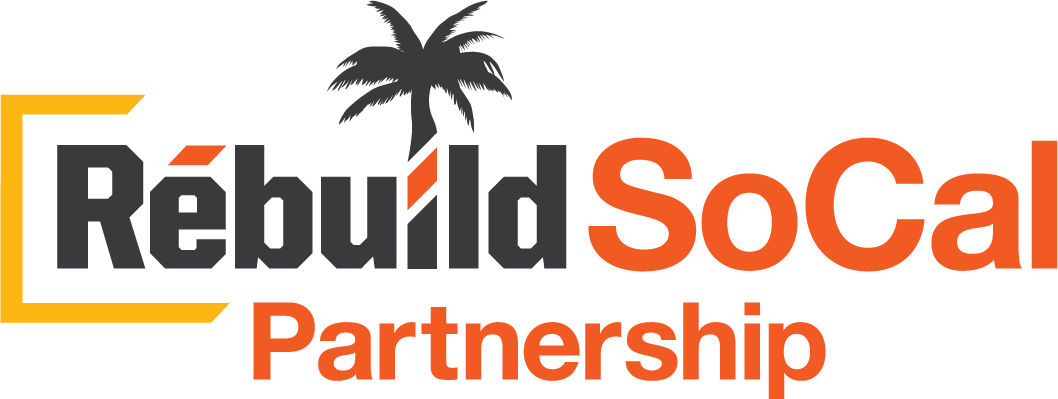On March 25, the Los Angeles County Metropolitan Transportation Authority (Metro) will formally vote to embark on a Preliminary Development Agreement (PDA) with two teams competing to build a rapid transit system from the San Fernando Valley to the Westside and potentially to LAX and the South Bay.
This novel and innovative PDA approach toward potentially entering into a Public-Private Partnership will bring together funding from both the private and public sectors to ultimately pay for and construct one of the biggest and most ambitious construction projects ever undertaken in the United States. The Sepulveda Pass Transit Corridor Project will at long last bring commuting and travel relief to the most impacted roadways in the world – the 405 Freeway and the residents along this 19-mile corridor.
As MTA CEO Phil Washington noted, “As we work diligently to create a world-class transportation system here in the Los Angeles region, we will also be creating a new market for infrastructure innovation that can potentially help us build the most challenging project Metro has ever built.”
The two teams competing for the project bring different technologies to what essentially will be an intense transit competition over the next couple of years with the most extensive community outreach and engagement effort ever undertaken by Metro. The best technological, financial, sustainable and accountable proposal will emerge at the end of this period and then design and construction will commence with an estimated project delivery date of 2028 to the Westside and 2030 if it is extended to LAX and the South Bay, per the monorail proposal.
One team, the LA SkyRail Express (LASRE), is comprised of John Laing, BYD, HDR, Gensler, Innova and Skanska is proposing an electric, automated monorail system from the Valley to the Westside, and offered an extension to LAX, as well as a proposed direct connection to UCLA. The line would run along the median of the 405 and stations would be off the freeway but near key commercial and cultural centers. Total cost is estimated at $6.1 billion for the Valley to Westside, and still under the Measure M budget of $9.5 billion for the entire corridor from the Valley to LAX.
It was interesting to hear comments about monorail at the last few MTA meetings and in the media. In researching current monorail systems in operations, according to the International Monorail Association, 42 cities around the world have urban monorail systems totaling 269 miles and over 400 stations and several are being designed and built in several countries including Salvador and São Paulo Brazil, Cairo and Bangkok.
The second team, Sepulveda Transit Corridor Partners is headed by Bechtel Corporation, Meridiam and American Triple I Partners. Their plan is to build a heavy rail system with tunneling 60% of the alignment and elevated guideway 40% of the alignment, from the Valley to Westwood at a projected cost of $10.8 billion.
Both teams have significant transportation and transit experience here and around the world and promise fast and user-friendly rides with both access and fare equity for a diverse ridership along the route.
 The Rebuild SoCal Partnership, an organization of 2,750 contractors and 90,000 union workers, stands ready to help build the selected project and in doing so, seeing thousands of jobs created. We were proud to support MTA’s Measures R and M as well as SB 1 for transit and infrastructure funding. Our members have been leaders in building many of the region’s road, rail, bus, aviation and water projects for over 100 years.
The Rebuild SoCal Partnership, an organization of 2,750 contractors and 90,000 union workers, stands ready to help build the selected project and in doing so, seeing thousands of jobs created. We were proud to support MTA’s Measures R and M as well as SB 1 for transit and infrastructure funding. Our members have been leaders in building many of the region’s road, rail, bus, aviation and water projects for over 100 years.
But we also see huge opportunities for scores of young apprentices, minority subcontractors, disadvantaged business enterprises, women-owned businesses and veterans to contribute to this landmark project. We are encouraged to see the significant DBE commitment made by both teams for the PDA phase, and look forward to continued commitment throughout the design, construction, operation and maintenance of the system.
This is a unique and complex undertaking with underground earthquake faults, utilities, ground water storage and supply and geotechnical challenges facing the ultimate winner of this two-team competition. But that’s what is so novel about MTA’s approach and will prove beneficial to commuters along the 405.
We watched the last MTA Board meeting where this project was discussed ahead of the final vote in March. Clearly, there will be debate about alignment, additional funding sources, station locations, the best way to connect to UCLA and commercial centers and life cycle costs. And this is where the public input throughout the process will greatly impact the choice of one team to finance, design, build, operate and maintain the regional transit system that will dramatically improve the region’s congested commute.
MTA Board member and City Councilman Paul Krekorian, who represents the Valley, was absolutely correct in his comments at the recent board meeting that the Valley cannot be shortchanged in this process and with the final project design. That is exactly what the PDA process selected by MTA will ensure!
Once we are post-COVID (and, hopefully, that day will come soon), we know the gridlock, lost hours, driver frustrations and bad air quality will return to the 405. So, let’s keep this project on track and moving as fast as these two teams and the MTA are promising L.A.
John Hakel is the Executive Director of Rebuild SoCal Partnership
Jon Preciado is the Business Manager of the Southern California District Council of Laborers
Josh Raper is the Region Manager of the Southwest Regional Council of Carpenters
Ron Sikorski is the Business Manager and General Vice President of the International Union of Operating Engineers, Local Union No. 12
Advertising disclosure: We may receive compensation for some of the links in our stories. Thank you for supporting LA Weekly and our advertisers.

